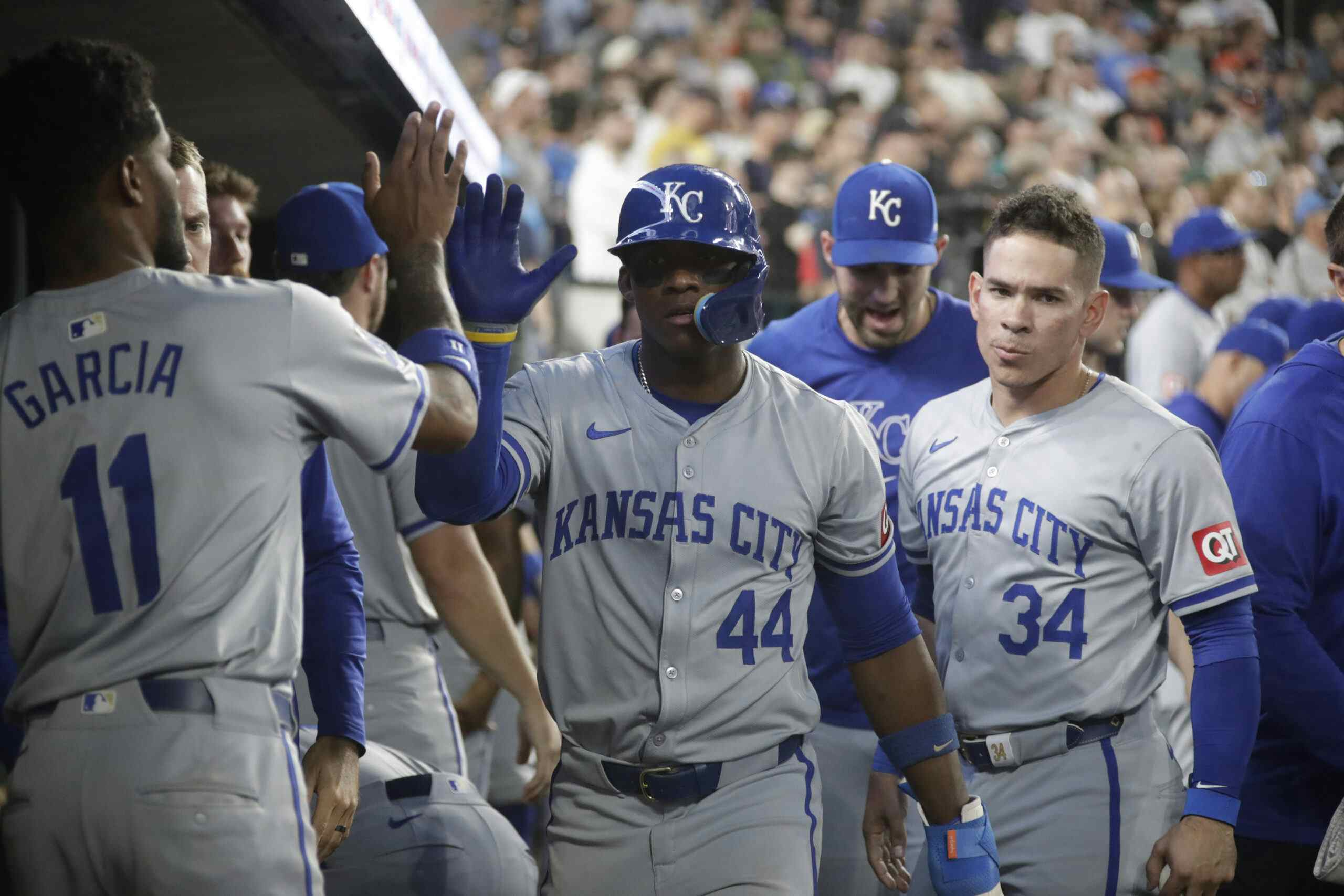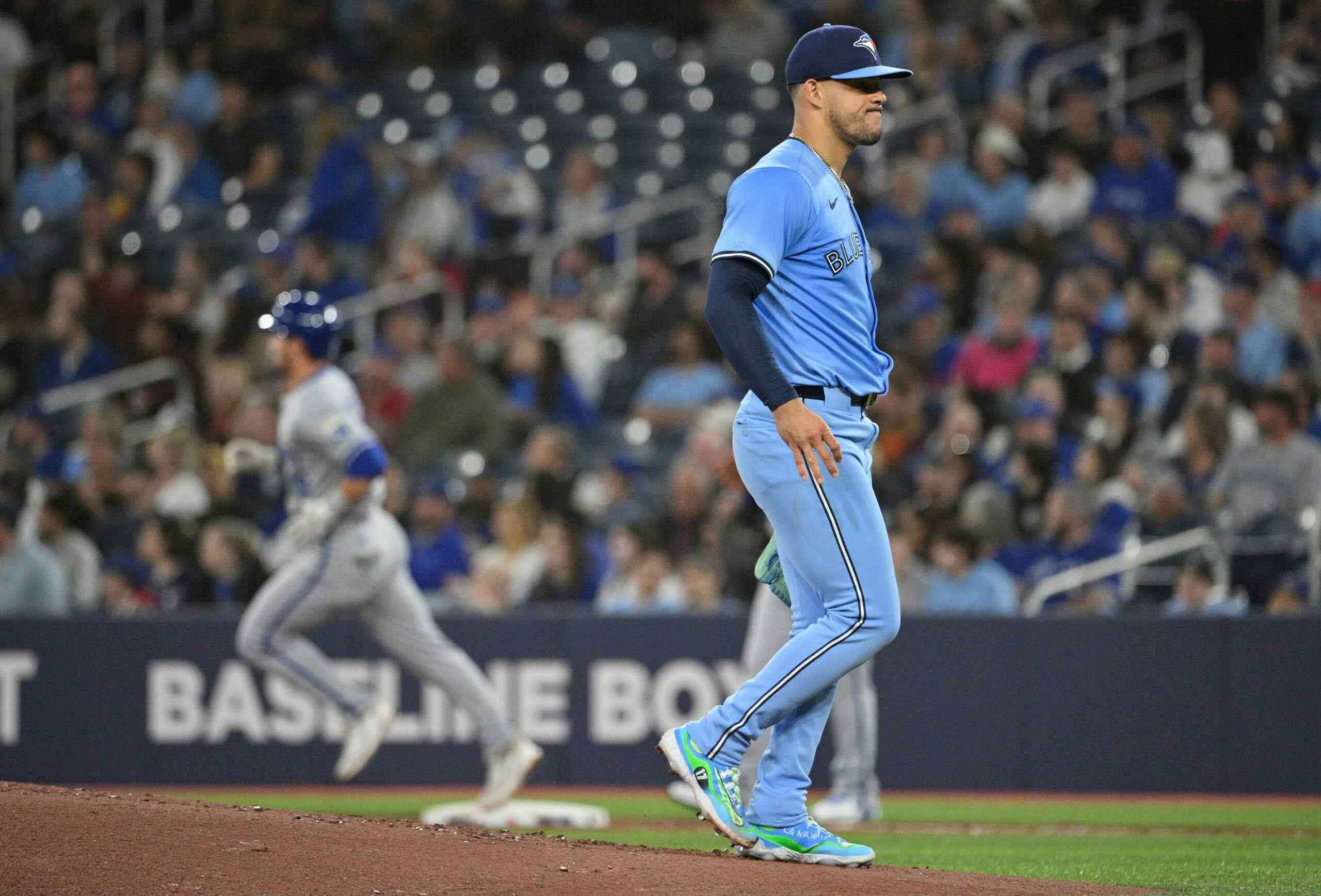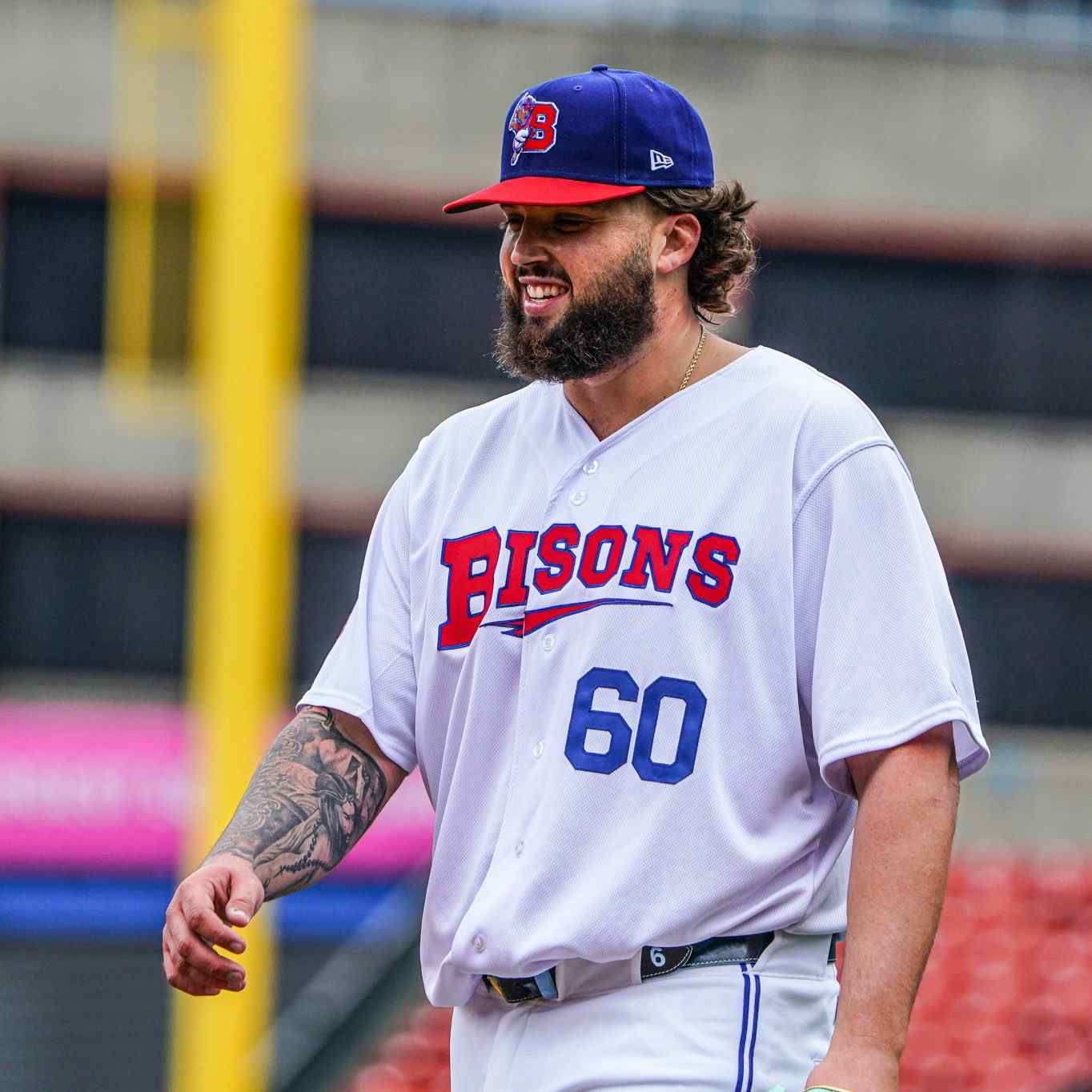Thomas Hatch’s spinning fastball and new cutter

The Rule 5 draft is just around the corner and with that comes decisions on what players should be added to the 40-man roster to avoid being selected. The deadline to add a player to the 40-man to be protected from the Rule 5 is November 20th. The Blue Jays have at least 22 players eligible for the Rule 5 draft, per this post from Future Blue Jays, the majority of whom are lower level players who will not be getting selected. Others like Santiago Espinal, are on the cusp of being big leaguers and may very well get selected if unprotected.
The Blue Jays currently have all 40 man rosters spots full, as they were forced to reinstate Matt Shoemaker, Tim Mayza and Ryan Borucki from the 60-day injured list. Once they are able to re-place those players on the IL they will have some space to add prospects.
Given the state of the Blue Jays pitching staff it would make sense they would want to keep as many pitchers as they can in the organization, making it likely that they will protect Thomas Hatch, who they acquired in July from the Chicago Cubs in exchange for David Phelps. So just how good is Thomas Hatch? And can he be a contributor to the 2020 Blue Jays pitching staff?
For starters Hatch is a starter, having made 27 starts at Double-A, six of which came with New Hampshire. Most projections for Hatch have him transitioning to the bullpen, however Eric Longenhagen noted in his ranking of prospects traded at the 2019 trade deadline, that Hatch “started throwing a cutter just a few starts before he was traded which may give him a better chance to start.” That cutter was significant as it completely transformed his season.
Hatch has always had a good fastball. He sits 91-94, and can touch 96. What makes it an effective fastball is its spin. Per Fangraphs, Hatch’s fastball spins at 2550 rpm’s, which was top 20 among the 434 pitchers they had ranked on The Board. That is an elite level spin rate, on par in the Majors to pitchers like Gerrit Cole and Justin Verlander. Hatch doesn’t have their velocity; a better comparison would be to Jason Adam. That’s not a knock on either player; Adam was great out of the Blue Jay pen last season.
One of Hatch’s biggest strengths is his ability to miss bats and get strikeouts. He had 127 strikeouts and a 22.7% strikeout rate last season. Those strikeouts were supported with an elite 13.7% swinging strike rate that tied him for fourth among Double-A starters. Despite all the strikeouts, Hatch tied for the Double-A lead with 18 home runs allowed, in just 135.1 innings pitched. He walked a too many, averaging a ghastly 3.33 BB/9 while with the Cubs. Hatch was a fly ball pitcher with the Cubs; he had a 44.5% fly ball rate and a 35.2% groundball rate at the time of the trade. Giving up free passes and that many balls in the air is a recipe for disaster. Hatch pitched to a 4.59 ERA with a 4.42 FIP and a 3.97 xFIP.
Enter the new cutter. It is tough to say when he started throwing the cutter exactly, but you look at his last five starts with the Cubs and his six starts with the Fisher Cats and you can see the improvements he made. In those 11 starts, Hatch had a 2.72 ERA, a 3.70 FIP, cut his walk rate down to 5.7% and 1.92 BB/9, all while maintaining his elite strikeout numbers. With New Hampshire the walks evaporated. He walked two. Not two per nine, two total.
With pitches like that you can see why. He throws both his fastball and his cutter down in the zone in that clip. They appear to tunnel really well, meaning they look the same out of the hand and take the same plane to the plate, before the cutter falls out the zone and the fastball rides up. That makes it very difficult for hitters.
On top of eliminating walks, the cutter also helped Hatch get more grounders. His ground ball rate increased to 51.1%, while he cut his fly ball rate down to 27.3%. However he still had difficulties keeping the ball in the yard. He had a home run to fly ball rate of 20.8%, which was almost double what he had while with the Cubs. Still when you aren’t putting guys on base, and can get yourself out of jams with ground balls, most of those home runs end up being solo shots. That was the case for Hatch. His ERA was 2.80 with the Fisher Cats, supported by a 3.43 FIP and a 2.25 xFIP.
With the success Hatch had at Double-A he looks like a pitcher who could be a part of the Blue Jays future. Hatch should enter Spring Training competing for a spot in the rotation, though on the outside looking in. He is likely headed to Buffalo to continue starting and will provide the Blue Jays with some rotation depth. He could also find himself in the bullpen where his stuff would play up even more. Regardless of what his role is Hatch is a player that needs to be protected from the Rule 5 draft and added to the 40-man roster.
Recent articles from Paul Berthelot





